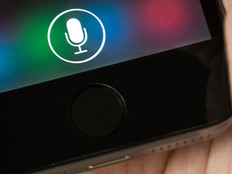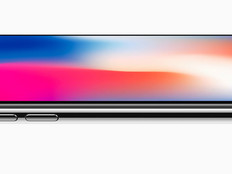Why We Need the Stylus in Today’s Mobile Devices
Some people might have written off the stylus as irrelevant once the touch-screen interface took hold in smartphones and tablets. But not so fast: Samsung has decided to make the stylus a selling point in its new phablet (phone plus tablet), the Samsung Note.
It’s true that touch technology has revolutionized the way users interact with computers, but it’s not perfect for every situation. Data entry in particular can be a challenge (ever try writing a three-paragraph e-mail on a touch screen?).
Dave Michels boldly makes an informed case for the stylus in an article on CloudAve.
I’ve had my share of stylus pens. I can clearly remember the Palm Pilot and my Windows XP tablet computer — I don’t miss either of those devices. The capacitive touchscreen Apple introduced on the iPhone was clearly a breakthrough. But if we wanted to write with our fingers, we would have fingertip pens and pencils instead of actual pens and pencils. Fingers are just too thick to be used as a decent writing instrument. That’s why smartphones have soft keyboards — which are a pain to use.
As miraculous as the smartphone is, data entry is still a pain in the rear. Voice recognition is rapidly improving toward usability — and soft keyboards are getting better. But why not have a stylus? Sometimes I just want to jot something down — like my airport parking spot. Keyboards take concentration and focus. In some apps, the stylus could also be used to hit iconic softkeys that are too small for a finger. To this day, drawing a picture or a map with a keyboard (or finger) is not a suitable option.
What do you think? Is there still room for the stylus in mobile computing? Or should mobile devices be finger-friendly only?
Read more about the case for the stylus in Michels’ post on CloudAve.








